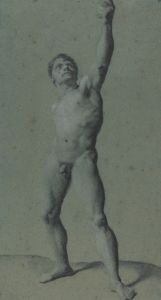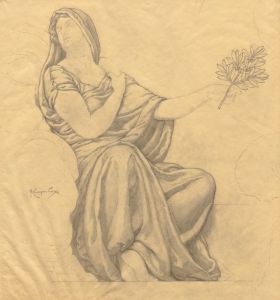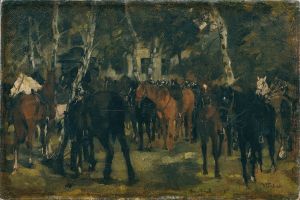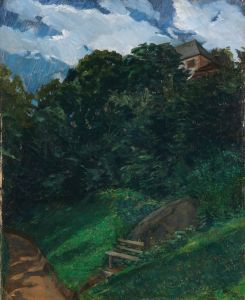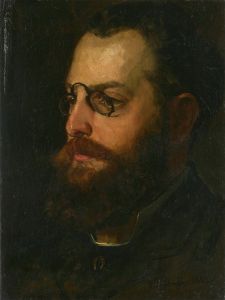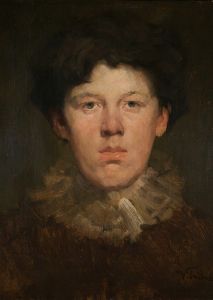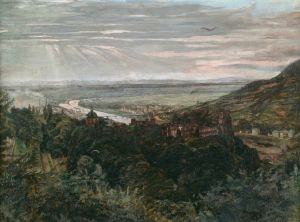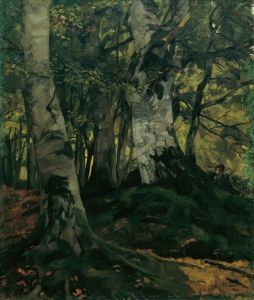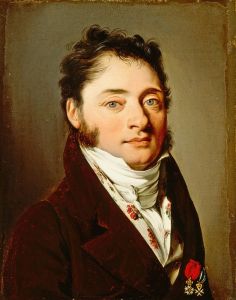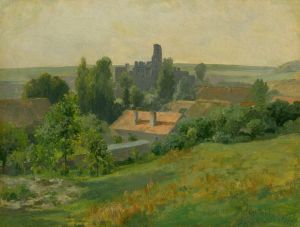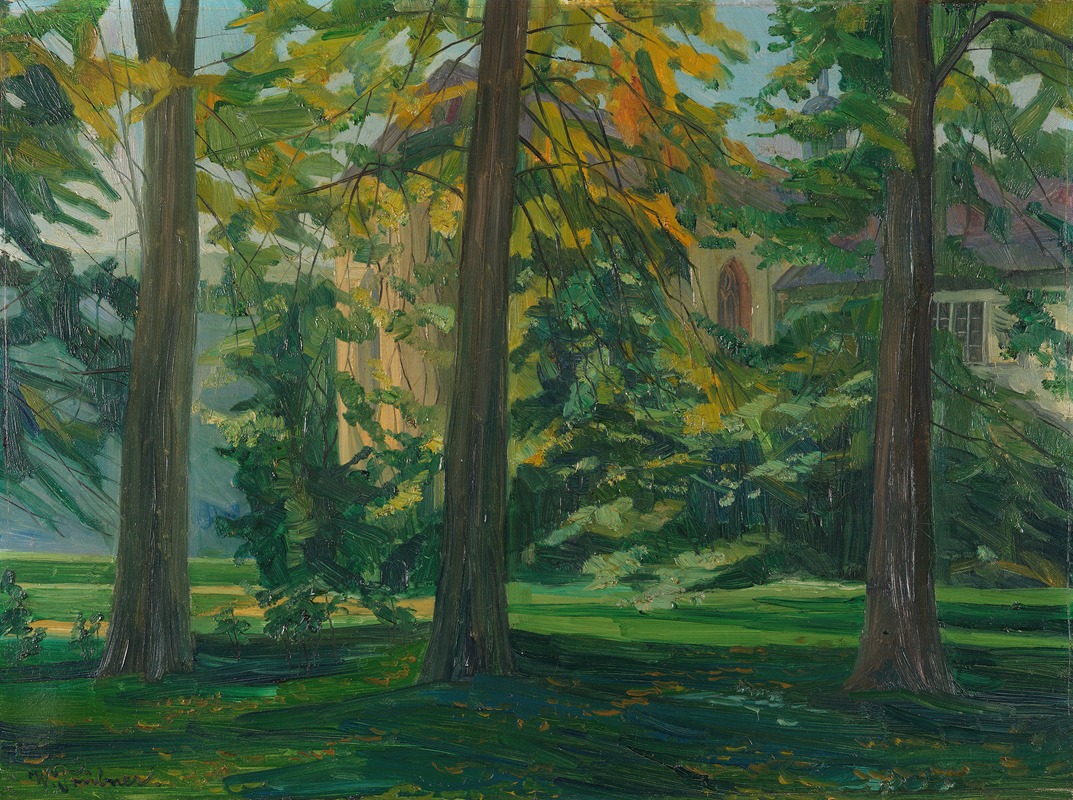
Stift Neuburg, Kapelle mit drei Bäumen II
A hand-painted replica of Wilhelm Trübner’s masterpiece Stift Neuburg, Kapelle mit drei Bäumen II, meticulously crafted by professional artists to capture the true essence of the original. Each piece is created with museum-quality canvas and rare mineral pigments, carefully painted by experienced artists with delicate brushstrokes and rich, layered colors to perfectly recreate the texture of the original artwork. Unlike machine-printed reproductions, this hand-painted version brings the painting to life, infused with the artist’s emotions and skill in every stroke. Whether for personal collection or home decoration, it instantly elevates the artistic atmosphere of any space.
Wilhelm Trübner was a prominent German painter associated with the Realist movement, known for his detailed and vivid depictions of landscapes and everyday scenes. One of his works, "Stift Neuburg, Kapelle mit drei Bäumen II," exemplifies his skill in capturing the essence of a scene with precision and a keen eye for detail.
"Stift Neuburg, Kapelle mit drei Bäumen II" translates to "Neuburg Abbey, Chapel with Three Trees II." This painting is part of Trübner's exploration of the German landscape, particularly focusing on architectural elements set within natural surroundings. Neuburg Abbey, located near Heidelberg, Germany, is a Benedictine monastery with a rich history dating back to its founding in the 12th century. The abbey has been a source of inspiration for many artists due to its picturesque setting and historical significance.
In this painting, Trübner captures the serene and contemplative atmosphere of the abbey's chapel, framed by three prominent trees. The composition is balanced, with the chapel positioned slightly off-center, allowing the trees to play a significant role in the visual narrative. Trübner's use of light and shadow adds depth to the scene, highlighting the textures of the chapel's stonework and the foliage of the trees. His brushwork is meticulous, reflecting his commitment to realism and his ability to convey the subtleties of the natural world.
Trübner's palette in this work is characterized by earthy tones and muted colors, which enhance the tranquil mood of the painting. The subdued hues reflect the time of day and the season, suggesting a moment of quiet reflection. This choice of color also aligns with the Realist movement's emphasis on depicting scenes as they are, without embellishment or romanticization.
The painting is a testament to Trübner's ability to blend architectural and natural elements seamlessly. His attention to detail and composition invites viewers to appreciate the harmony between human-made structures and the natural environment. This approach is indicative of Trübner's broader body of work, which often explores the relationship between people, their creations, and the landscapes they inhabit.
Wilhelm Trübner's contribution to the Realist movement is significant, as he brought a unique perspective to the depiction of German landscapes and architecture. His works, including "Stift Neuburg, Kapelle mit drei Bäumen II," continue to be appreciated for their technical skill and the way they capture the essence of their subjects. Trübner's paintings offer a window into the past, allowing contemporary audiences to experience the beauty and tranquility of historical sites like Neuburg Abbey through his eyes.
Overall, "Stift Neuburg, Kapelle mit drei Bäumen II" is a fine example of Trübner's mastery of landscape painting and his ability to convey the quiet majesty of historical and natural settings.







![Temple at Wady Dabod [Wadi Dâbûd], Nubia.](/imgs/217543/s/david-roberts-temple-at-wady-dabod-wadi-dabud-nubia-14fd5f6c.jpg)
